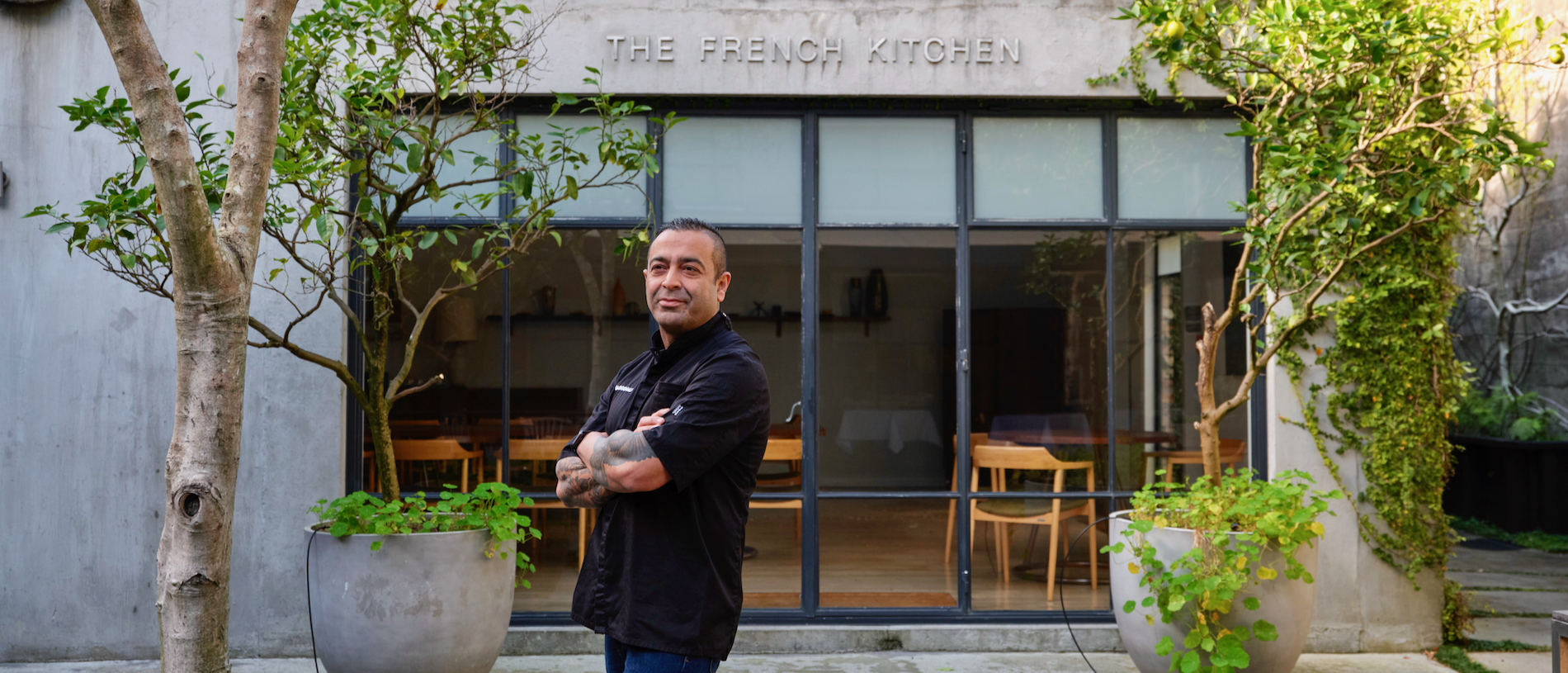
Money Matters: chef Sid Sahrawat
Chef and restaurateur Sid Sahrawat shares financial tips that he’s learnt from his years in the hospitality industry.
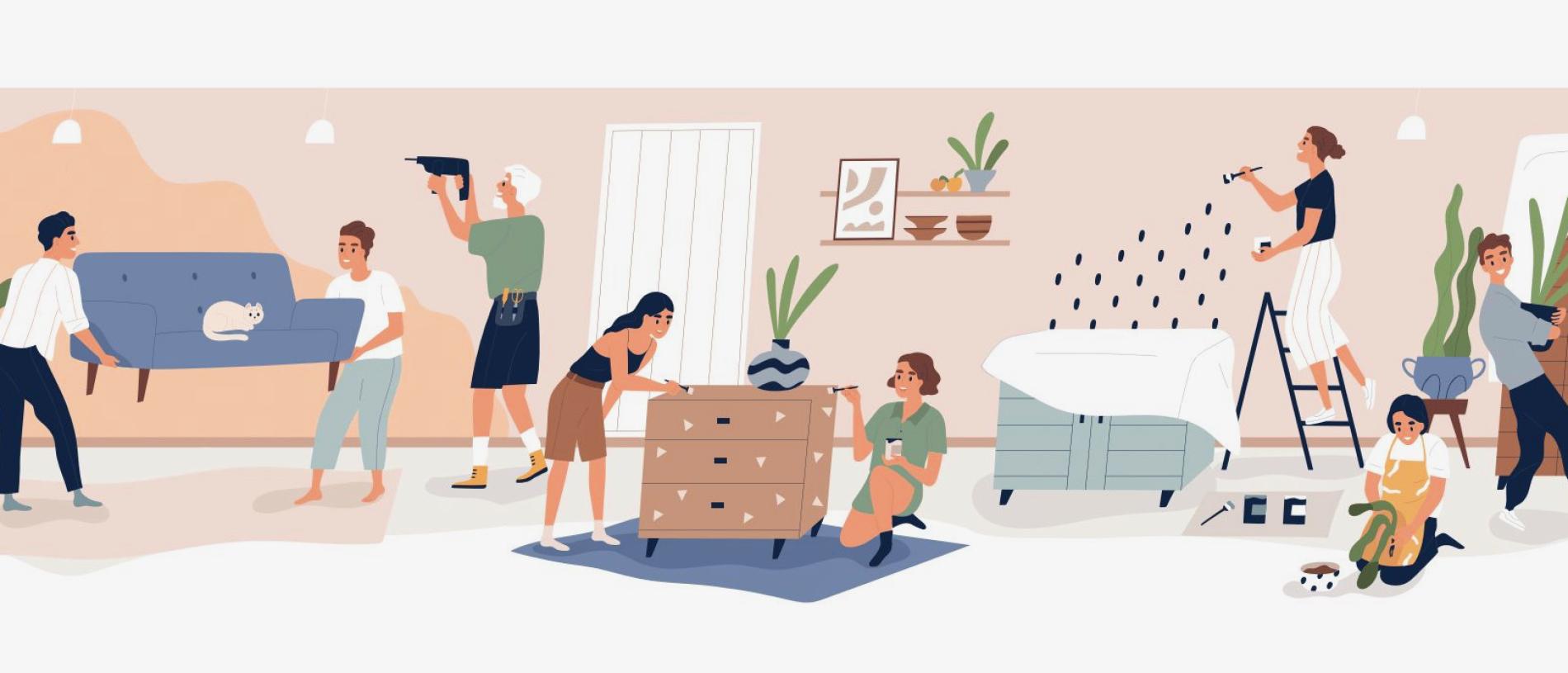
Kiwis are a nation of do-it-yourself (DIY) enthusiasts. For many of us there is nothing more satisfying than weekends spent tackling the latest home renovation project.
Not only do we pride ourselves on our ‘number 8 wire’ mentality, but our national enthusiasm for DIY has spawned a booming home renovation industry, encompassing everything from reality TV shows through to flatpack kitchens and hardware megastores.
But not every DIY project is a great idea. Sure, do them right and they can save you money, but tackling a project beyond your skillset can result in an expensive headache.
Or worse still, a serious injury. According to ACC, nearly 20,000 people were injured in DIY accidents in New Zealand last year; helping them recover from those injuries cost the country $30 million.
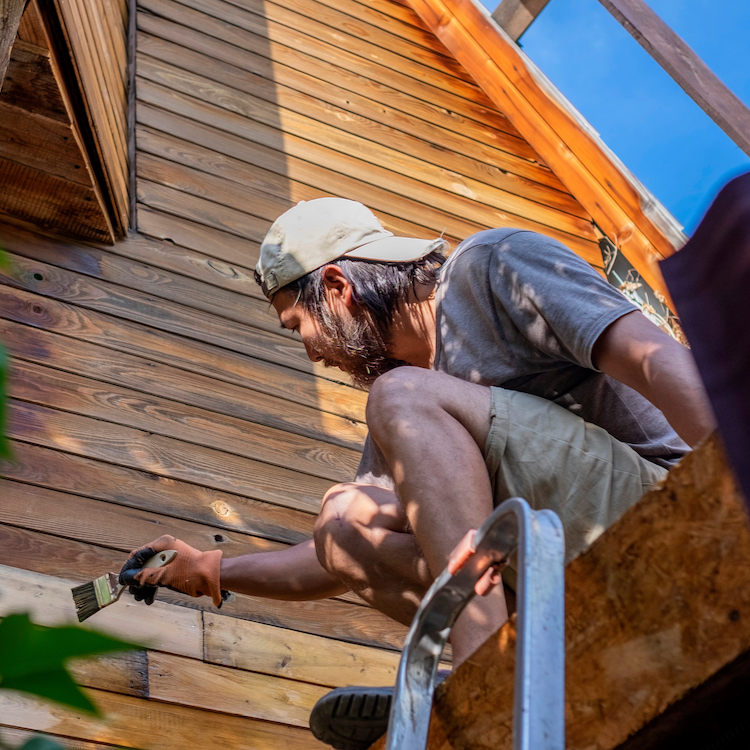
While it is often tempting to do it yourself, some projects can be more challenging, more time-consuming, more expensive – and far more dangerous – than we anticipate. Sometimes the greatest DIY skill is knowing when to call in the professionals.
If you are unsure whether or not to hire a pro keep in mind the three Ts: time, tools and talent. Do you have the time to research, shop and complete the project? Do you have the right tools (or will you need to buy them)? And are you confident you have the talent to complete the job satisfactorily and safely?
Sprucing up your interiors with a lick of paint or wallpaper, installing some shelves, doing some landscaping, or swapping outdated handles on your cabinetry are all low-risk, high-reward projects that many of us are likely capable of. But when it comes to structural alterations, electrical work, plumbing, drainlaying, gasfitting or anything to do with heights, it truly pays to call in the experts.
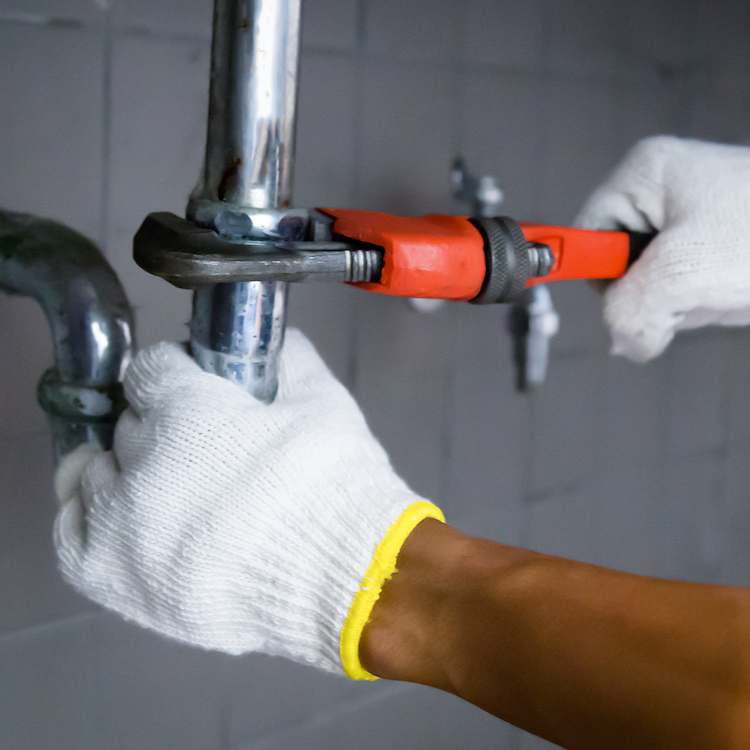
Unless you have experience, are competent with tools and confident you have the necessary skills, these projects are best left to those in the know:
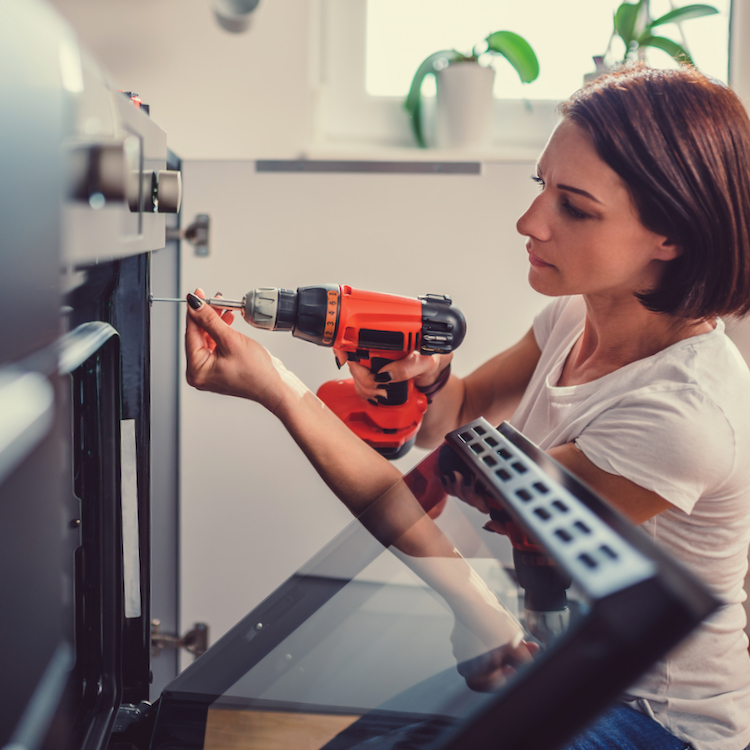
It also pays to remember that lots of DIY projects involve heavy lifting, and if you don’t know how to lift correctly, you could end up in a tonne of pain. Last year in New Zealand back and spinal injuries were the most common of all DIY injuries, resulting in 3,557 ACC claims.
The top tips from ACC about DIY are:
Story by Vanessa Trethewey for the Spring 2023 issue of AA Directions Magazine. Vanessa Trethewey is an Auckland-based freelance writer who regularly contributes to AA Directions Magazine.